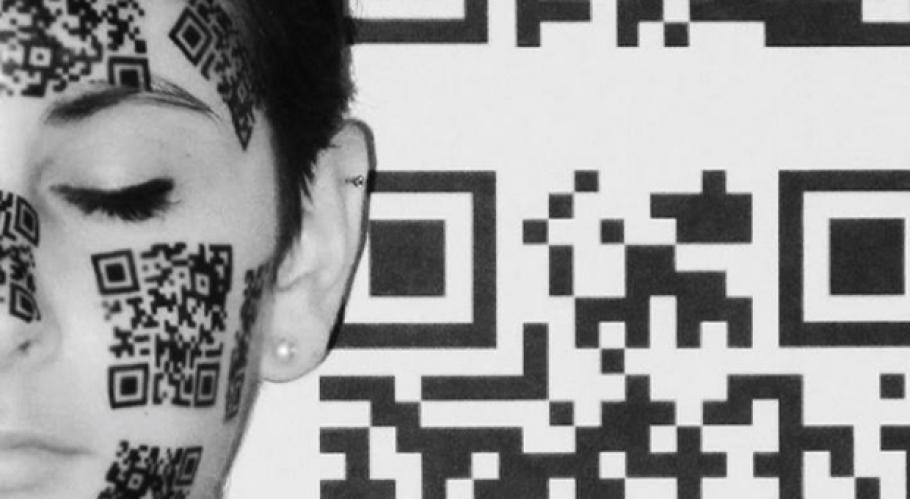
by STÉFYmcknight
Hawk Eye View looks at the history of third party surveillance in North America. Considering Snowden’s revelations (2013), Hawk Eye View explicitly looks at NSA and CSIS sites through Google Earth imagery. Google is eminent in providing users access to maps and detailed images of geographical spaces. Google Maps and Earth retrieve user metadata via GPS, direction searches and IP addresses. In 1998, section 215 & 702 of FISA ordered for third parties to turn over evidence and data if the government saw it relevant to investigation. Section 215 was revisited after the War on Terror, in 2005. Similarly in 2015, Prime-Minister Stephen Harper has proposed to implement a new anti-terrorist bill of similar nature, C-51. By looking at Five Eyes it is evident that Canada and the United States’ surveillance plans and preemptive strategies are inextricably linked to one another. Stéfy’s work considers the ways that Google Earth and Maps reinstate some of the ways that the Canadian and US government acquire metadata to politically ensure a survival state.
The overall theme of this exhibition is revealing concealed spaces. There are also many references to diverse ways of seeing and camouflage. Hawk Eye View is an assortment of installations including wallpaper, banners and prints of NSA and CSIS headquarters. Interactively, viewers will load information and addresses of the intelligence sites using a QRcode reader on their mobile device. The surveillance gaze shifts by giving viewers the tools to observe the institutions that are normally doing the ‘surveilling.’ Hawk Eye View will be exhibited at the Tett Centre for Creativity and Learning in Kingston Ontario on October 2, 2015.
This exhibition is curated with the help of Michelle Smith a PhD candidate in Cultural Studies.
Many thanks go to Dr. David Murakami Wood, Shannon Brown, Jason Polen, John Mirski, Sunny Kerr, Craig Berggold, Brian Ross, Jeff Barbeau, Michelle Smith and Dr. Susan Cahill. Other thanks go out to the Tett Centre for Creativity and Learning, the Surveillance Studies Centre and Cultural Studies Graduate Department at Queen’s University.
Bio
Stéphanie McKnight (Stéfy) began her career as a visual artist while undergoing a Bachelor of Fine Arts at Nipissing University in North Bay, Ontario. Interested in how cultural themes relate to ideas of social construction, her research focuses on social sorting, gender performativity, and media surveillance post Snowden. Stéfy’s research areas are broad, which indicates her passion for connecting and linking cultural ideologies to contemporary life. Her primary artistic medium is installation art in forms of site specific, video and media; performance and found objects. Stéfy has recently exhibited work at the WKP Kennedy Gallery and White Water Gallery in North Bay, performed at the Isabel Bader Centre for the Performing Arts (Kingston, ON), and will be exhibiting works at OCAD University in September 2015. Stéfy is a MA candidate in Cultural Studies at Queen’s University.

